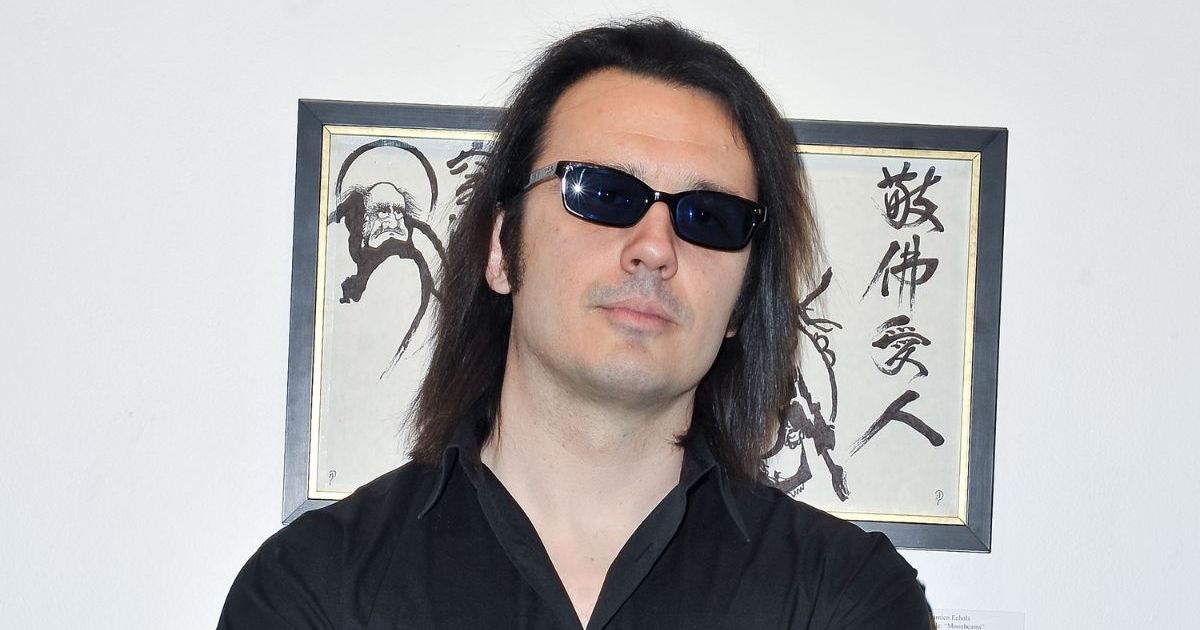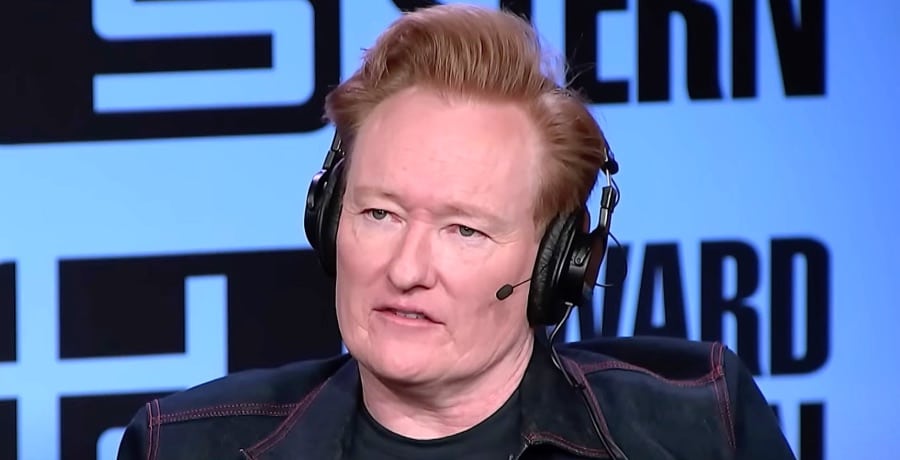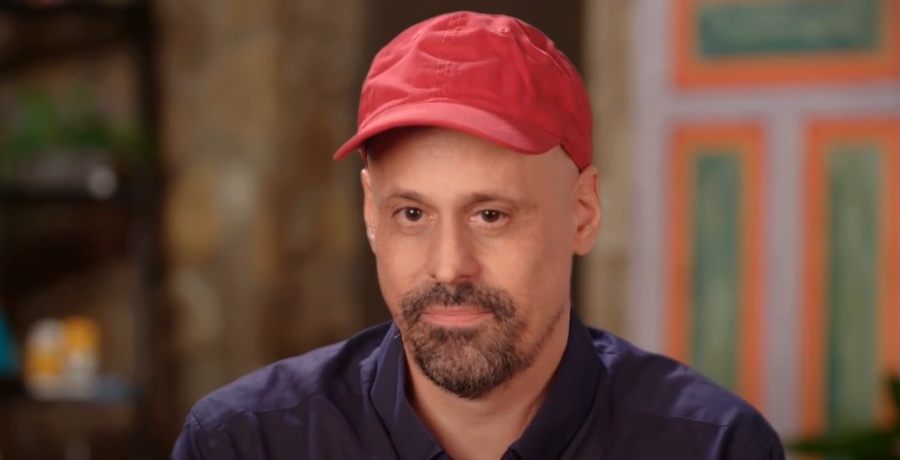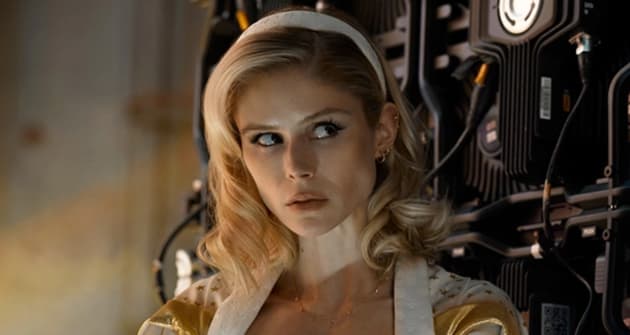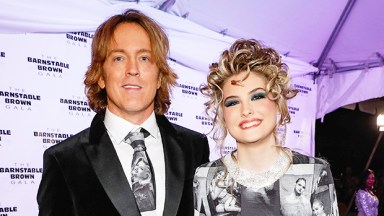Pophouse — the Swedish company that backed ABBA’s Voyage show in London and owns rights to music by Swedish House Mafia, Avicii and Cyndi Lauper — is acquiring KISS’ publishing, recording royalties and trademarks, including both the band’s logo and its iconic makeup design. The deal, announced April 4, will result in a Pophouse-produced KISS hologram show, using some of the same technology as ABBA’s Voyage.
“We have a lot of plans for KISS,” Pophouse CEO Per Sundin tells Billboard. Although Sundin says the company bought out the rights owned by frontmen Gene Simmons and Paul Stanley, they will work with the company to develop the show, which is expected to open in 2027 in a U.S. city that Sundin declined to name. “We want to keep to the legacy,” Sundin says. “We want to extend it and amplify it for new generations.”
The band got interested in a possible deal when manager Doc McGhee saw Voyage “and he loved it and contacted us,” Sundin says. Over the course of the band’s End of the Road World Tour, the two sides met in Milan and Stockholm, thinking about what a hologram show could look like.
“We went to see the ABBA show and it blew our socks off,” Simmons tells Billboard. “And the technology since then has improved by leaps and bounds. We’ve seen sketches of what it will look like and we looked like the X-Men.”
Like dozens of other investors, Pophouse buys rights to songs and in some cases recordings or likenesses. But it tends to take a more active approach than most, with a focus on theatrical or immersive entertainment, rather than simply collecting royalties. In addition to the ABBA show, it runs the ABBA Museum and the Avicii Experience, both in Stockholm.
The idea of a hologram show seems ideal for KISS, whose concerts were always heavy on spectacle. “Everything is theater,” says Simmons. “We wanted bombast theater.”
Over the course of its career, KISS inspired the KISS Army, formed around an act that could have been described as the hottest brand in the land, with deals that included KISS Kondoms and a KISS Kasket. (Pantera guitarist Dimebag Darrell was buried in one that Simmons donated.) Now, after the End of the Road tour, “the end is actually the beginning,” Simmons says. “If you’re a caterpillar who can’t imagine what the future will look like, you think of the cocoon as the end, and it is the end of the caterpillar, but it can’t imagine sprouting wings and evolving into this beautiful creature that flies up to the heavens.”
Pophouse would not comment on the terms of the deal, which are presumably more complicated than a straightforward purchase of publishing rights. At this point, the band may be better known for its concerts than its songs. But the deal includes those, plus recording royalties. Pophouse also has a good relationship with UMG, which owns the band’s recordings, since Sundin was previously managing director of Universal Music Sweden and president of Universal Music Nordics. The band’s trademarks belonged to Simmons and Stanley, including the makeup designs for their characters: The Demon (Simmons), the Starchild (Stanley), the Spaceman (originally Ace Frehley, more recently Tommy Thayer) and the Catman (originally Peter Criss, more recently Eric Singer).







